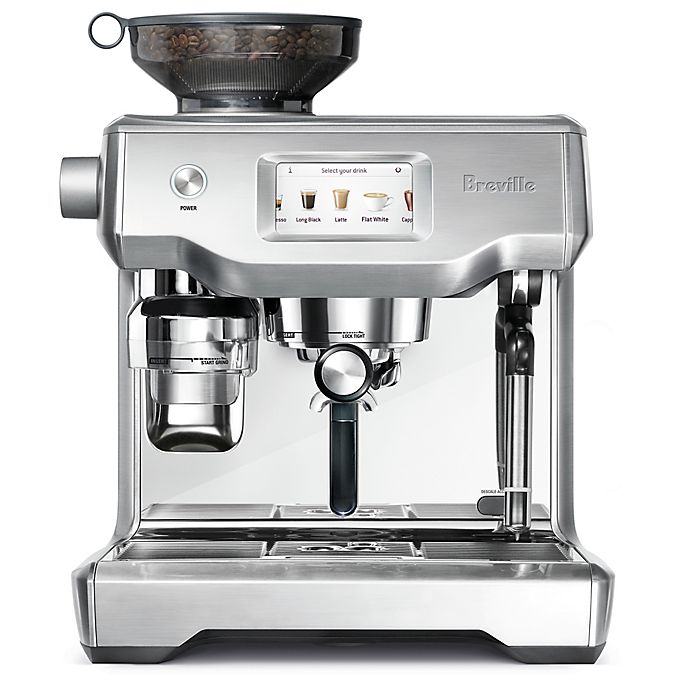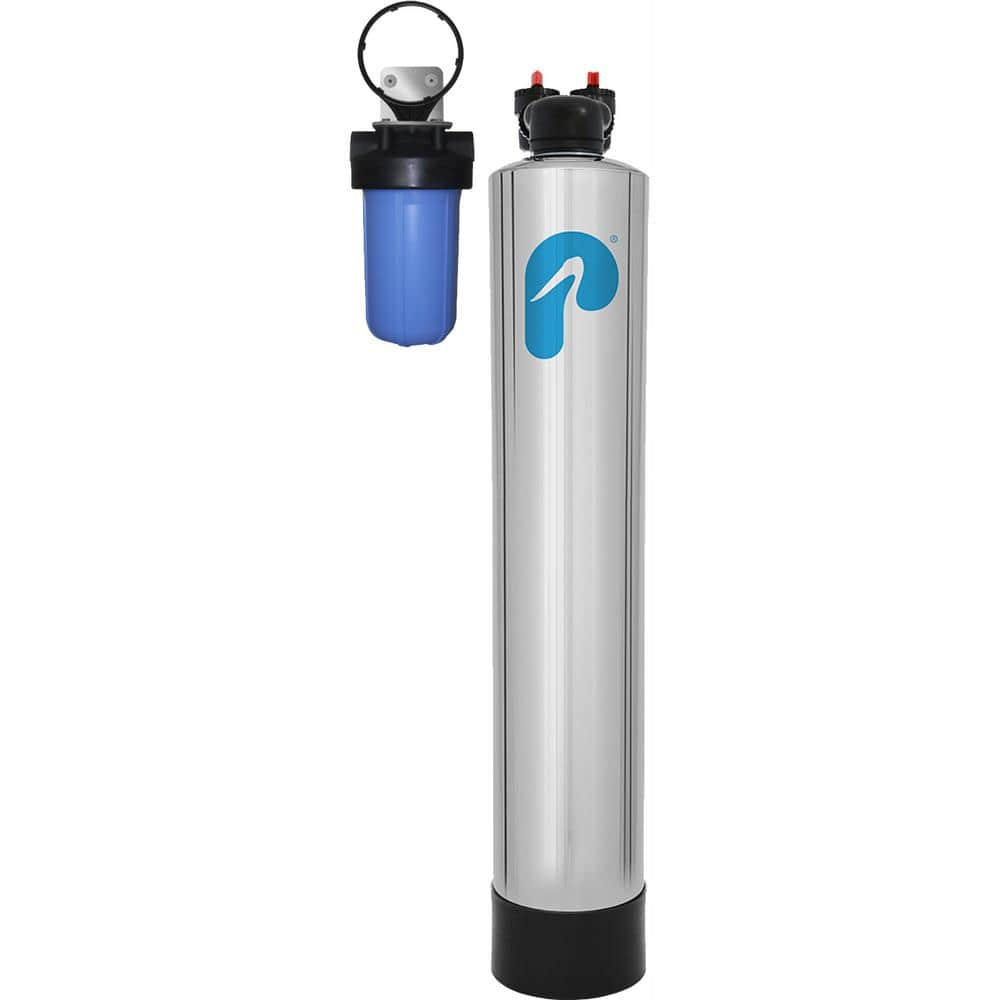DEERVALLEY White Ceramic 33 in. L Rectangular Single Bowl Farmhouse Apron Kitchen Sink with Grid and Strainer
Glazed white finish complements classic and contemporary kitchens. Plain front panel design is minimalism at its best. Non-porous smooth surface resists scratches and stains.
Integrating fashion and practicality, farmhouse/apron kitchen sink can complement any decorative style. This kitchen sink is designed into a large size, whose high-capacity bowl offers more room inside for stacking dishes and filling stockpots, meeting your needs for more space to use. Made from high-quality ceramic, its attractive and smooth glaze is easy to clean. Beauty and durability come together in a scratch- and stain-resistant surface. It will grace both traditional and contemporary kitchens with its classic simplicity and clean straight contemporary lines.
- Package Include: Ceramic Kitchen Sink, Sink Grid and Basket Strainer
- Non-porous surface applied with durable enamel glaze offers a smooth and beautiful farmhouse kitchen sink, which is easy to clean
- DEERVALLEY’s kitchen sinks have excellent drainage with a slightly sloped bottom to help the water in the sink drain smoothly
- 10 in. deep bowl ceramic kitchen sink provides extra space to hold large items and stack dishes
- Stainless steel grid protects the glossy white basin surface from scratching while elevating pots and pans
- DEERVALLEY sinks are molded from high-quality ceramic and have a stunning porcelain glaze that resists stains and scratches
- Dimensions: 33 in. x 20 in. x 10 in.
- ONE-YEAR limited warranty
- Installation: designed for easier farmhouse-style installation, with a level, flat bottom and 90 side walls
Additional information
| Actual Left to Right Length (In.) | 33.07 |
|---|---|
| Bowl Below Counter Depth (in.) | 10.04 |
| Bowl Front to Back Width (in.) | 18.25 |
| Bowl Left to Right Length (in.) | 31.625 |
| Bowl Top to Bottom Depth (in.) | 8.75 |
| Cut-Out Below Counter Depth (in.) | 8.75 |
| Cut-Out Depth (in.) | 18.31 |
| Cut-Out Width (in.) | 31.5 |
| Kitchen Sink Front to Back Width (In.) | 19.88 |
| Panel Height (in.) | 10 |
| Panel Width (in.) | 33 |
| Certifications and Listings | CSA Certified |
| Manufacturer Warranty | One-Year Limited Warranty |






by Mike
This kitchen sink is a keeper. It is so heavy I cannot get it out of the box myself and I’m NOT a weak woman. Best have a secure cabinet to drop it in! HEAVY! The surface is strong and will last forever if cleaned with mild soap. I can feel zero pitting that can lead to stains. I love the drain basket, making it easy to pull out with its little pull up handle. The drain is all stainless steel metal except for the rubber seal. The included bottom rack is also excellent as the rubber feet on them are well made protecting the sink finish. Can’t wait to get it installed!
by Rhonda
Farmhouse apron sinks lend such a style to any kitchen IMO. Not quite an easy install as a drop in as it does take a custom fit but oh so worth it in the end. Requires at least basic carpentry/plumbing knowledge. 2 person is easier. Sink is heavy duty, for sure. Large workstation, deep for filling/cleaning big items. Beautifully finished enamel that resists burns, stains and scratches. Paired with a high quality pull down spray faucet and let the games begin! Love it…..recommended!
by Laura
Love my new sink, it’s beautiful and delivery was fast and easy.
by Ruben
DEERVALLEY White Ceramic 33 in. L Rectangular Single Bowl Farmhouse Apron Kitchen Sink with Grid and Strainer. It has a certain elegance and style to it that is hard to miss, I’m almost too afraid to put anything in it. I love that its deep and large enough to fit all of my wife baking pans and trays. The greatest appeal is the ceramic rectangular farmhouse shape. Cant wait to hear the comments from family members on holidays. This is a very beautifully made farmhouse sink for anyone looking to upgrade their kitchen .